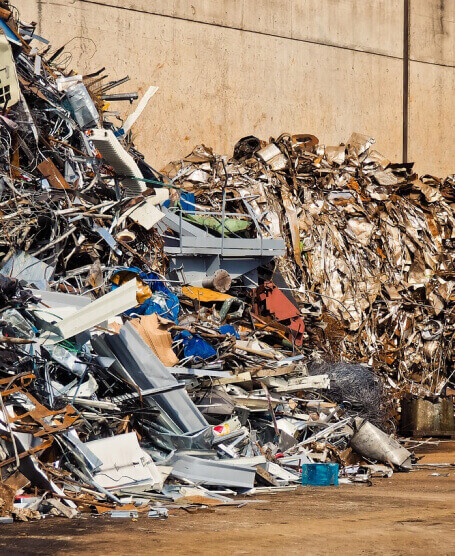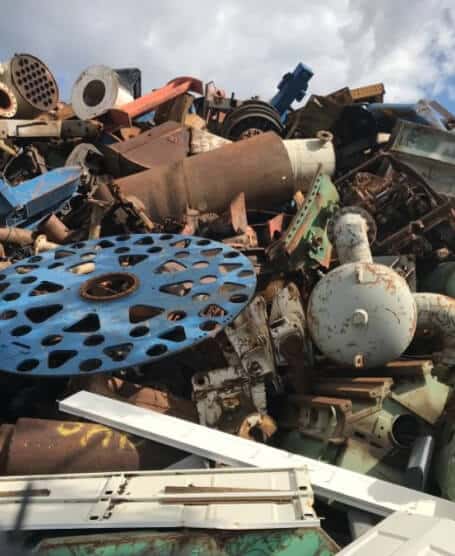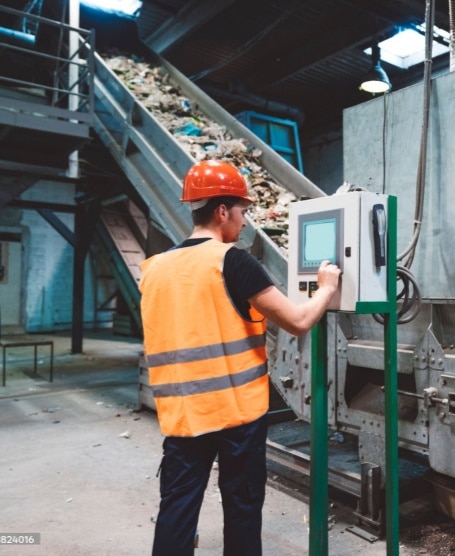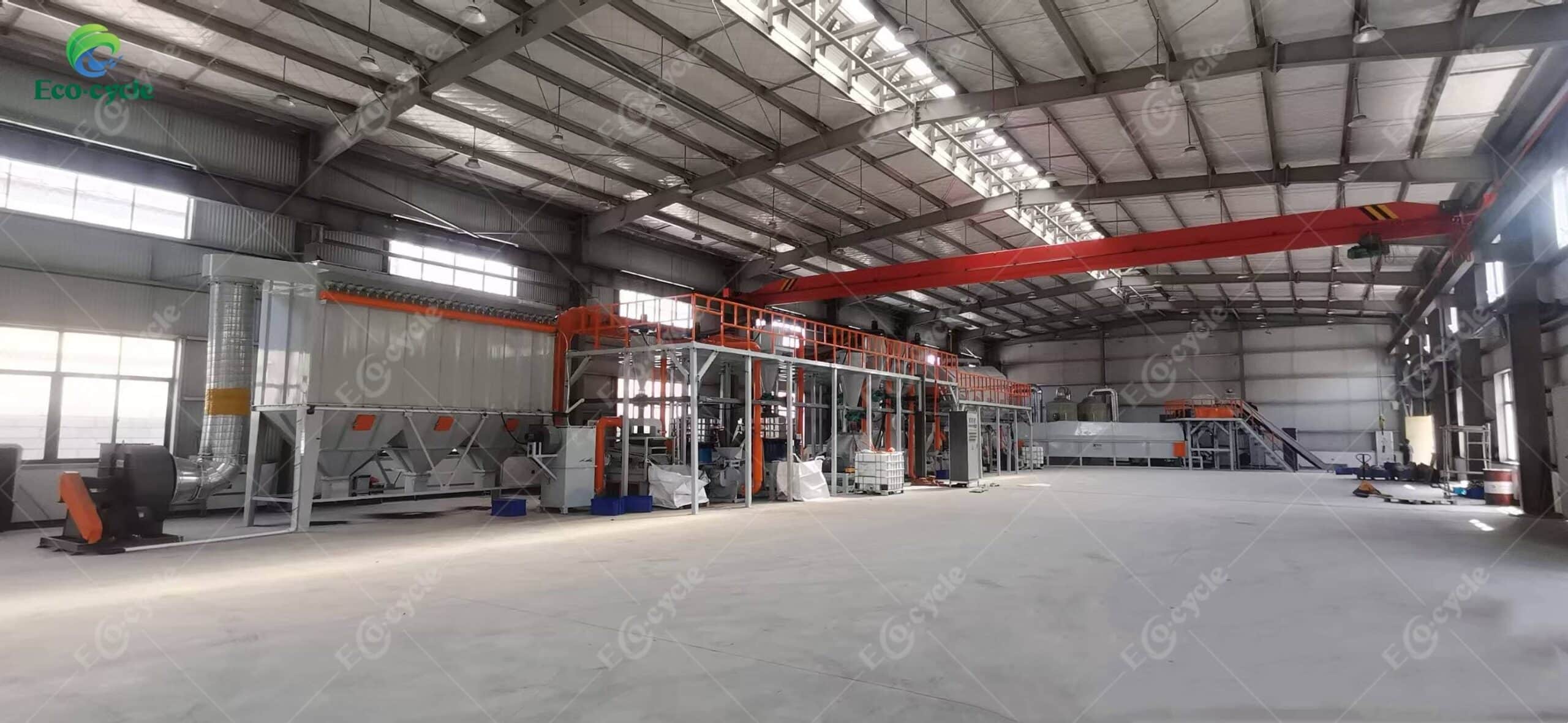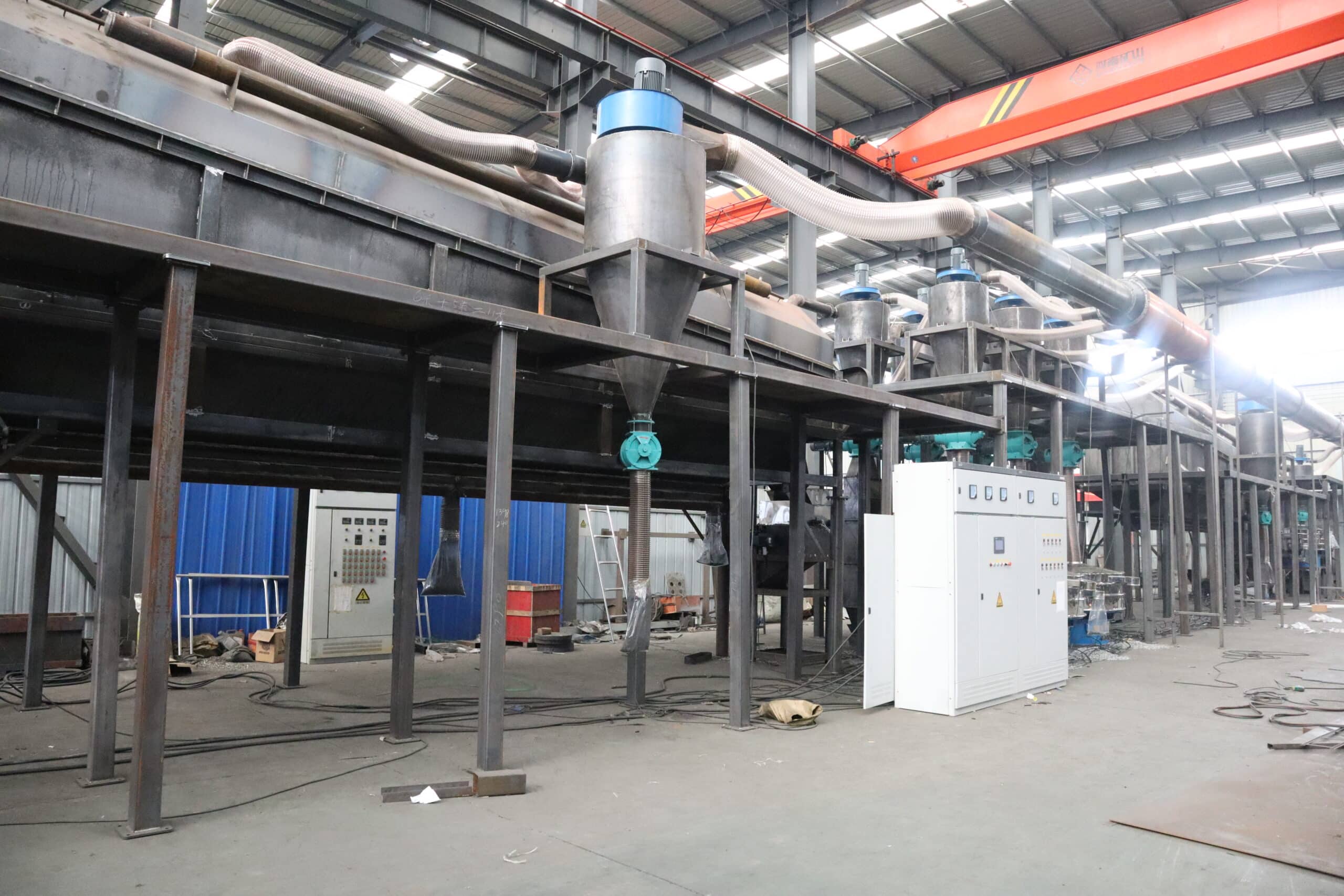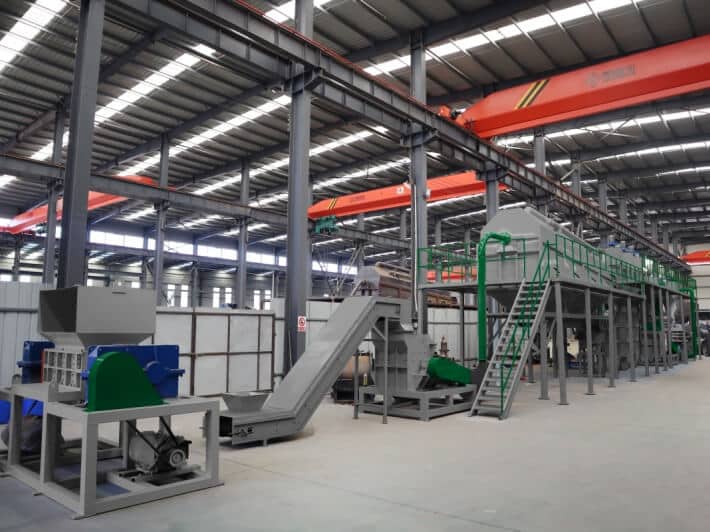With the rapid popularization of new energy vehicles, the first batch of owners have entered their vehicle replacement cycle. How should the large number of used new energy vehicle batteries be recycled and utilized?
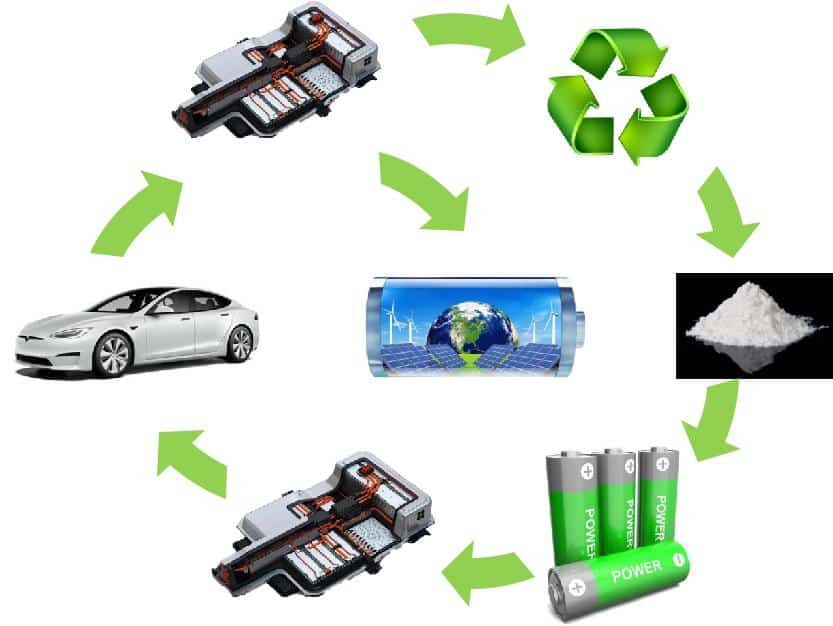
In fact, used new energy vehicle batteries are not “waste.” Through scientific and standardized recycling and processing, they can not only be turned into valuable resources but also effectively avoid environmental pollution risks.
The collected used batteries first undergo a “physical examination.” If the battery capacity is still above 80%, it will be prioritized for secondary use, directly applied to energy storage systems, power tools, street lighting, and other scenarios, extending its service life and realizing secondary value.
Batteries with a capacity between 50% and 80% can be disassembled and reassembled for continued use in areas with relatively lower battery performance requirements, such as home energy storage and communication base stations.
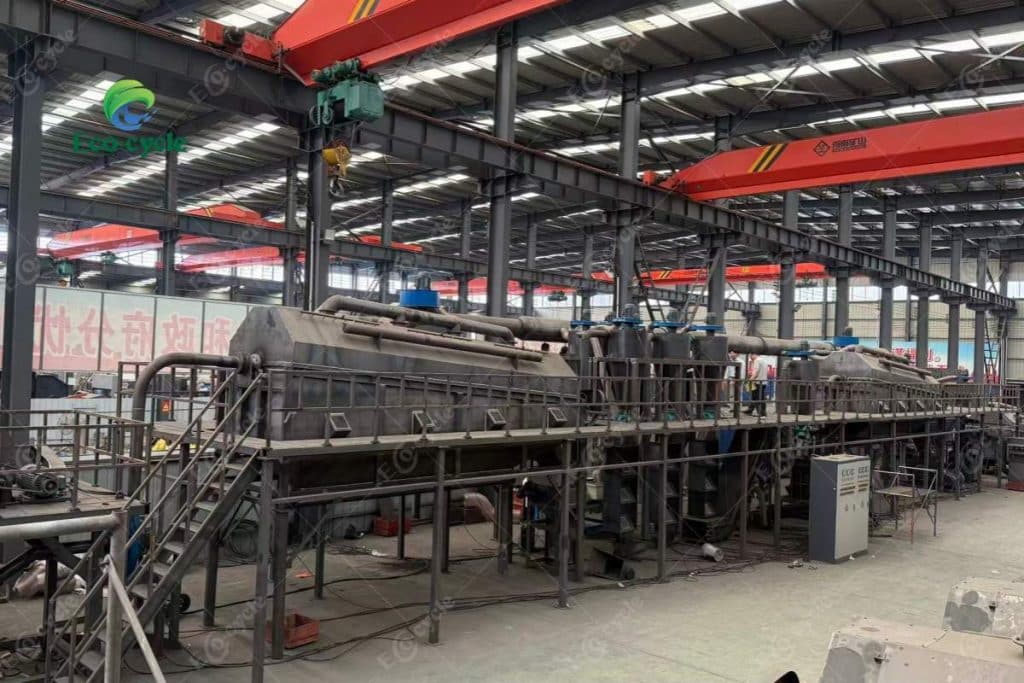
When the battery capacity decays to below 40%, it enters the recycling stage. Professional recycling companies use processes such as dismantling, crushing, and hydrometallurgy to extract valuable metals like lithium, nickel, and cobalt from batteries. These recycled materials can be directly used in the manufacture of new batteries, achieving resource recycling.
Of course, recycling new energy vehicle batteries still faces some challenges. For example, the structures of batteries from different manufacturers vary greatly, dismantling is difficult, and stable recycling channels and diverse application scenarios need further development. However, with continuous technological advancements and improved regulatory policies, these “retired” batteries will eventually form a green closed loop of “recycling—secondary use—reuse.”

